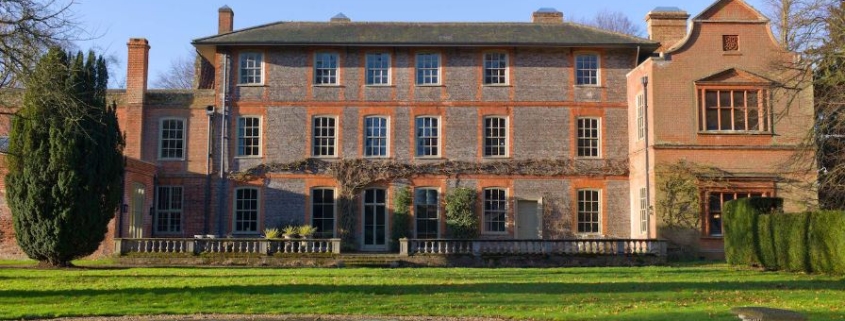Planning permission: the good, the bad, and the ugly. Part 2
In part one of our series on planning permission, we discussed what happens when planning is navigated successfully. But what happens when things go wrong? Shaun Soanes explores the consequences of planning breaches and why it’s best to get it right from the beginning.
Not all listed buildings get the treatment they deserve.
While there are a range of things that can’t be prevented when it comes to listed buildings such as wear and tear, flooding and fire, there are always situations of people trying to circumnavigate the system when it comes to renovations, which causes a great deal of damage in the process. This often happens when owners try to do it themselves and don’t consult with experts, meaning the property isn’t investigated properly and they fail to address the delicate idiosyncrasies of a unique listed property.
Planning breaches
Going ahead with renovations or alterations to a listed building is not only highly unadvisable, but it’s actually illegal too. Not obtaining planning permission on a listed building is a “planning breach”, which occurs when work is carried out on a development or a building without granted permission.
If your application wasn’t accepted or you didn’t put it through in the first place, then going ahead with work could result in you facing both criminal charges and paying the costs of restoring the building to its former state.
If the council suspect a planning breach, they can present an enforcement notice which requires you to put things back to the way they were. Disobeying or ignoring the enforcement notice is illegal.
You can appeal against any enforcement notices, but if the very goes against you and you still don’t comply, then you may be prosecuted.
To put it simply, it is far more sensible to follow the rules.
When things go wrong
An example of when things go wrong with a Grade II* listed building is with that of a Grade II* listed country house – a project which NJ Architects were brought in to work on.
After receiving a number of unauthorised and low quality alterations over the course of 10 years, this historic country house was left neglected and in demise. The unauthorised work, carried out by previous owners, had badly eroded the building’s character – a sad example of what can happen when works are carried out on a historic building without guidance.
The local authority served nine enforcement notices on the property, all still in force when the current owners purchased the house, which made the restoration project quite an unusual one.
The work itself involved modifying some of the more incongruous alterations, unpicking modern intrusive repairs, and rectification works to comply with the nine enforcement notices. There was also tonnes of restoration work that needed to be carried out, detailing appropriate to its 17th and 18th century history.
The story does end happily, with the house being restored to its previous splendour with the help of its caring new owners and NJ Architects. It now benefits from custodians who really understand its significance and intend to maintain it. This was acknowledged further by the Georgian Society who accredited the building with an award for the conservation and restoration works in 2016.
Getting it right the first time
Restoring an old being can be very rewarding and there really isn’t any need for things to go wrong if you consult with professionals and follow the rules.
From architects and building surveyors to quantity surveyors and engineers, there are a number of professionals who can help you plan and carry out work. It’s important to choose people who have the experience and knowledge necessary to work on older buildings. This is because the experienced professionals are aware of the pitfalls and issues associated with such work and are well qualified to specify cost effective and appropriate repairs to older buildings.
At NJ Architects, restoring old listed buildings is an area of our expertise. Part of our team are specifically accredited in building conservation. We work closely with conservation officers to keep the period detailing and we are skilled at using salvaged materials as well as ensuring anything new is kept with the existing site. This makes the process for both the owner and the building as smooth as possible.




 Bentinck House
Bentinck House

